‘Belladonna of Sadness’, Erotic Fantasy in Watercolour
This psychedelic revenge drama by Osamu Tezuka’s studio flows through hand-drawn illustrations and jazz-rock fusions.

Album artwork for Masahiko Satoh's ‘Belladonna’. Courtesy of Finders Keepers Records.
A medieval fantasy painted with all the flora, fauna and dark magic of middle ages, the adult animated art film from 1973 Belladonna of Sadness prevails as a singularity, even outside of its satanic narrative. Amongst the vivid watercolours the feature is entirely delivered in, its depictions of abuse—faced by protagonist Jeanne in her encounters in a rural French village—are amplified by its hallucinogenic expressions that tip between romanticism and gore.
As the film builds its kaleidoscopic witchcraft, Belladonna of Sadness’s rebellious depictions of sexuality erupts with the emancipating energies of 1970s Japan’s feminist movements. Combined with the psychedelic scorings of experimental jazz pianist Masahiko Satoh, the film—directed by Eiichi Yamamoto and produced by Osamu Tezuka’s world-renown Mushi Production—remains an experimental singularity in the history of animation.
A Translucent Trip
Eiichi Yamamoto, a director previously in charge of animation classics like Astroboy, Kimba the White Lion or Space Battleship Yamato, took his unlikely inspirations for Belladonna of Sadness from a 19th century account on witchcraft (called La Sorcière) by French historian Jules Michelet. Like Joan of Arc, Jeanne must inevitably face the oppressive hierarchies of catholic feudalism as a woman, but like Michelet’s take on witchcraft, magic eventually enables her to wield sexuality as a weapon and create all-encompassing moments of upheaval. Almost combining the rococo of Gustav Klimt, or the contortions of Egon Schiele with the abstracted animation styles of Masaaki Yuasa, an orgy erupts in the second half of the film in a mind-bending sequence of multicoloured flowers and genitalia, linking the middle ages with post-WW2 countercultures.
To amplify its European-inspired stylings, carrying each of its scenes is its scorings by Masahiko Satoh, a prolific pianist who spearheaded Japan’s 1970s underground jazz circles. In the usual manner of his improvised cacophonies, dramatic electric guitars and organs are used to drive the film’s sensual melodrama, and bubbling with chaos underneath, the carnivalesque atmospheres of Tokyo’s experimental theatre troupes, like Shuji Terayama and J. A. Ceazer’s rebellious Tenjo Saijiki Theatre, are suggested. As described by Julian Cope in Japrocksampler, Masahiko Satoh as a figure lies within crucial underground connections in Japan’s jazz and rock histories, championing new musical hybrids within interpretations of foreign genres. As much its striking aesthetics, Belladonna of Sadness cements its cult-status through its sonic overload, brimming with 70s theatrics.
Trickles through Time
While made by one of anime’s leading institutions, it is perhaps no surprise that Belladonna of Sadness was a commercial failure considering its challenging content: in fact it largely contributed to Mushi Production’s bankruptcy by the end of the year.
However, like many Japanese animated oddities, a re-discovery in recent times has led to its post-humous following, reinforced by several DVD releases and retrospective screenings in film festivals. Original copies of the soundtrack remain highly coveted, but recent vinyl re-issues—such as one in 2016 by Finders Keepers Records—extend its elusiveness into the 2020s.
Belladonna of Sadness (1973), an animated art film by Eiichi Yamamoto is available for DVD purchase via All the Anime.
Masahiko Sato’s soundtrack has been reissued by Finders Keepers Records, and further information could be seen on their official bandcamp page.
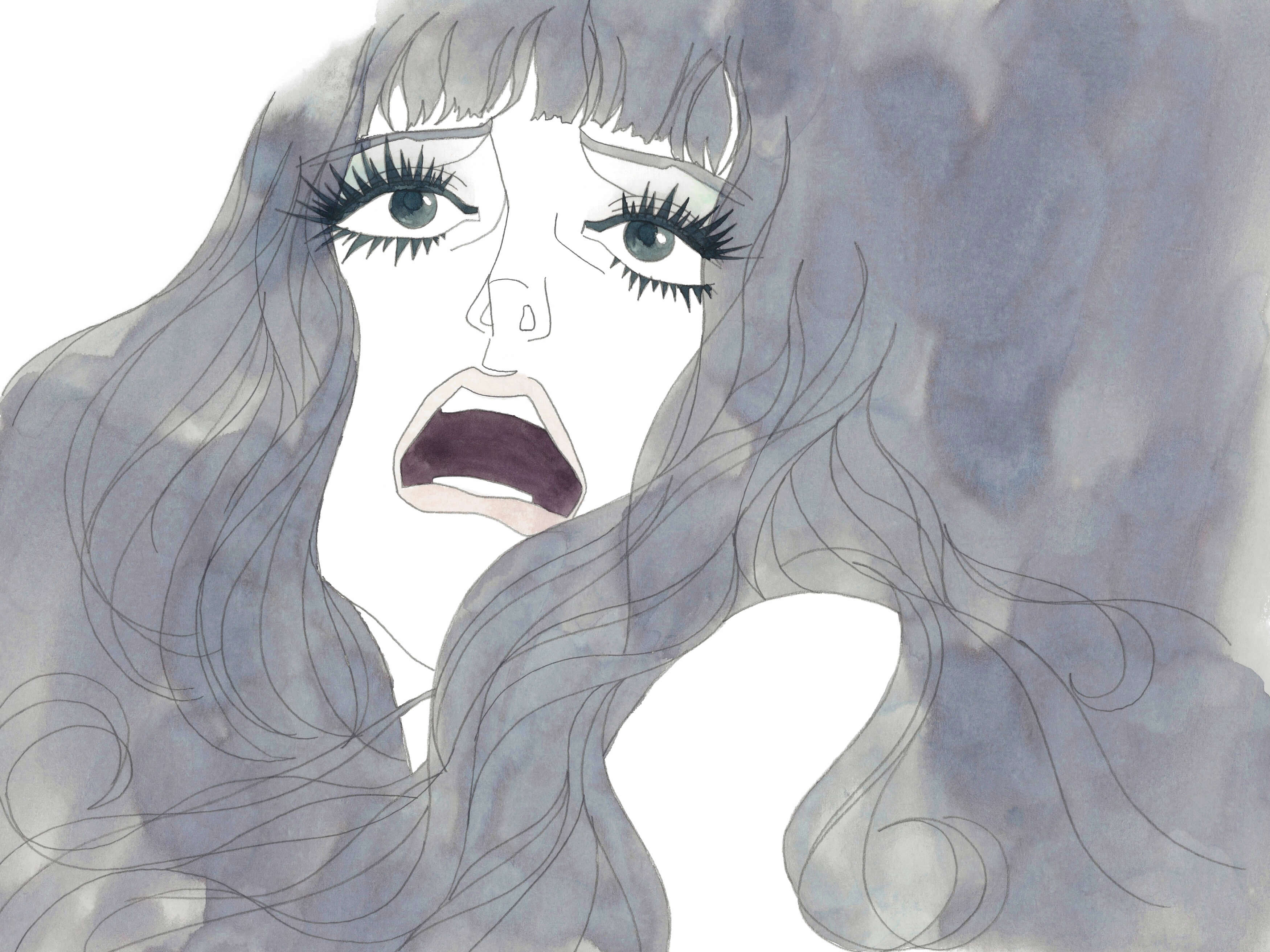
‘Belladonna of Sadness’ © Mushi Production
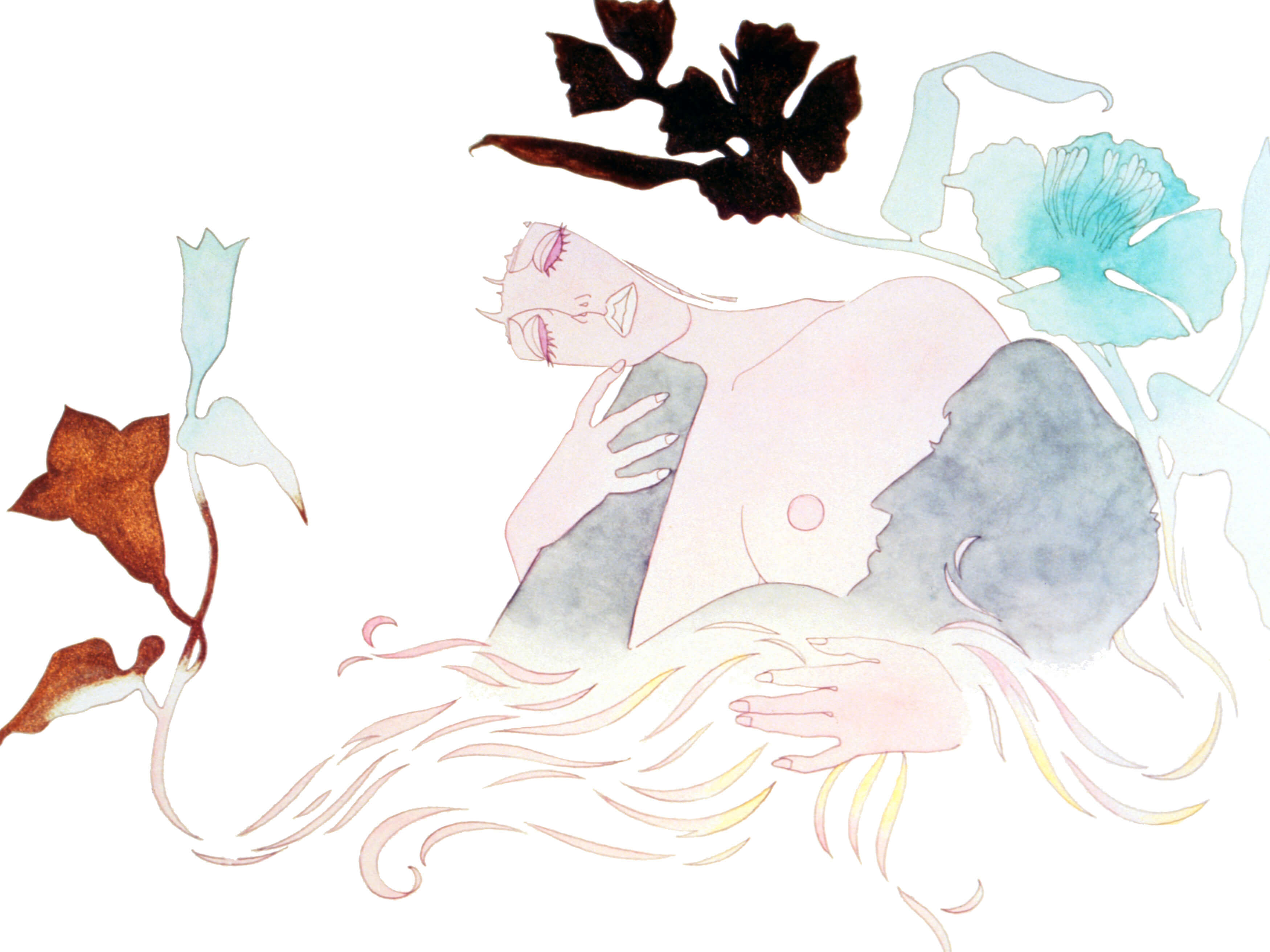
‘Belladonna of Sadness’ © Mushi Production

‘Belladonna of Sadness’ © Mushi Production
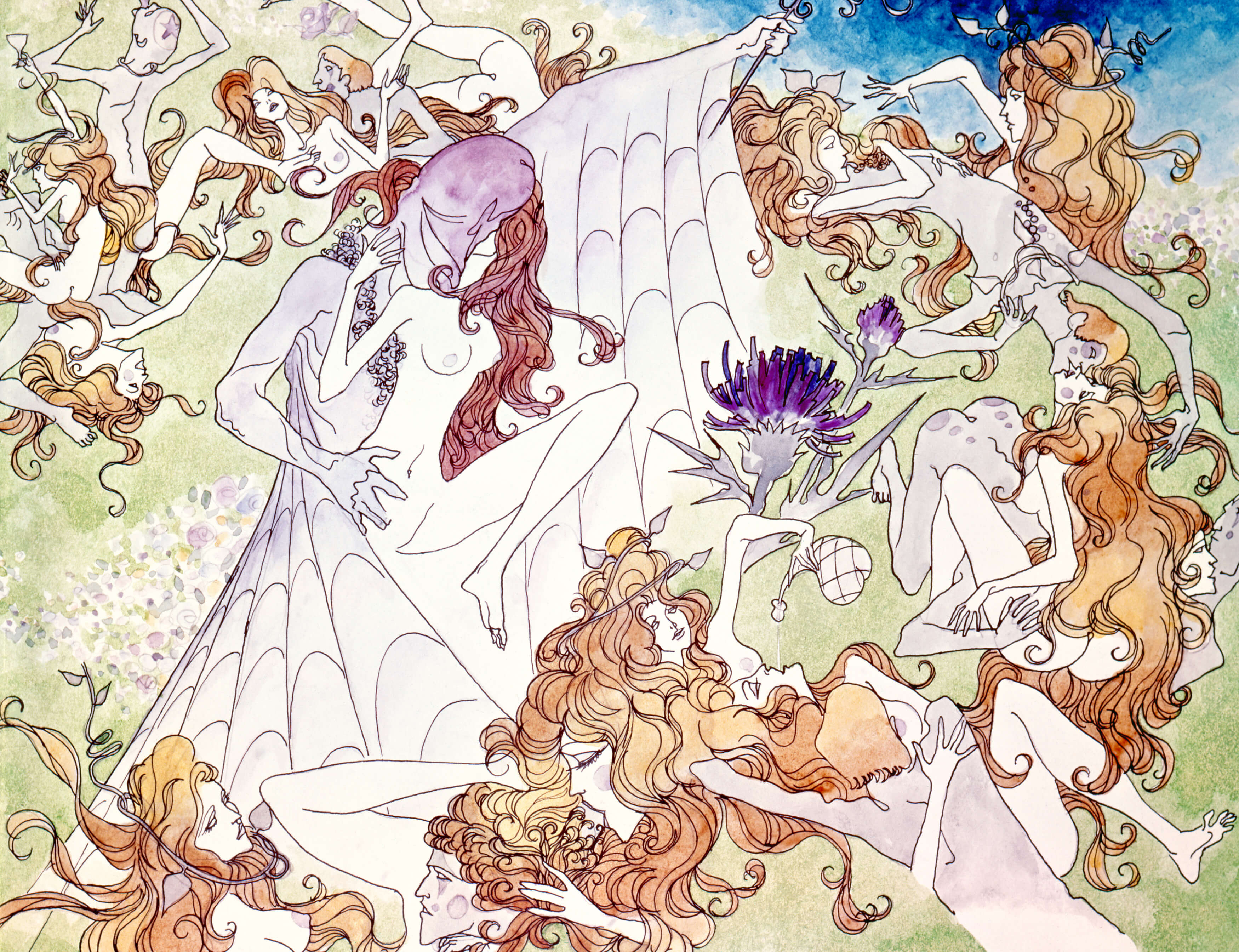
‘Belladonna of Sadness’ © Mushi Production
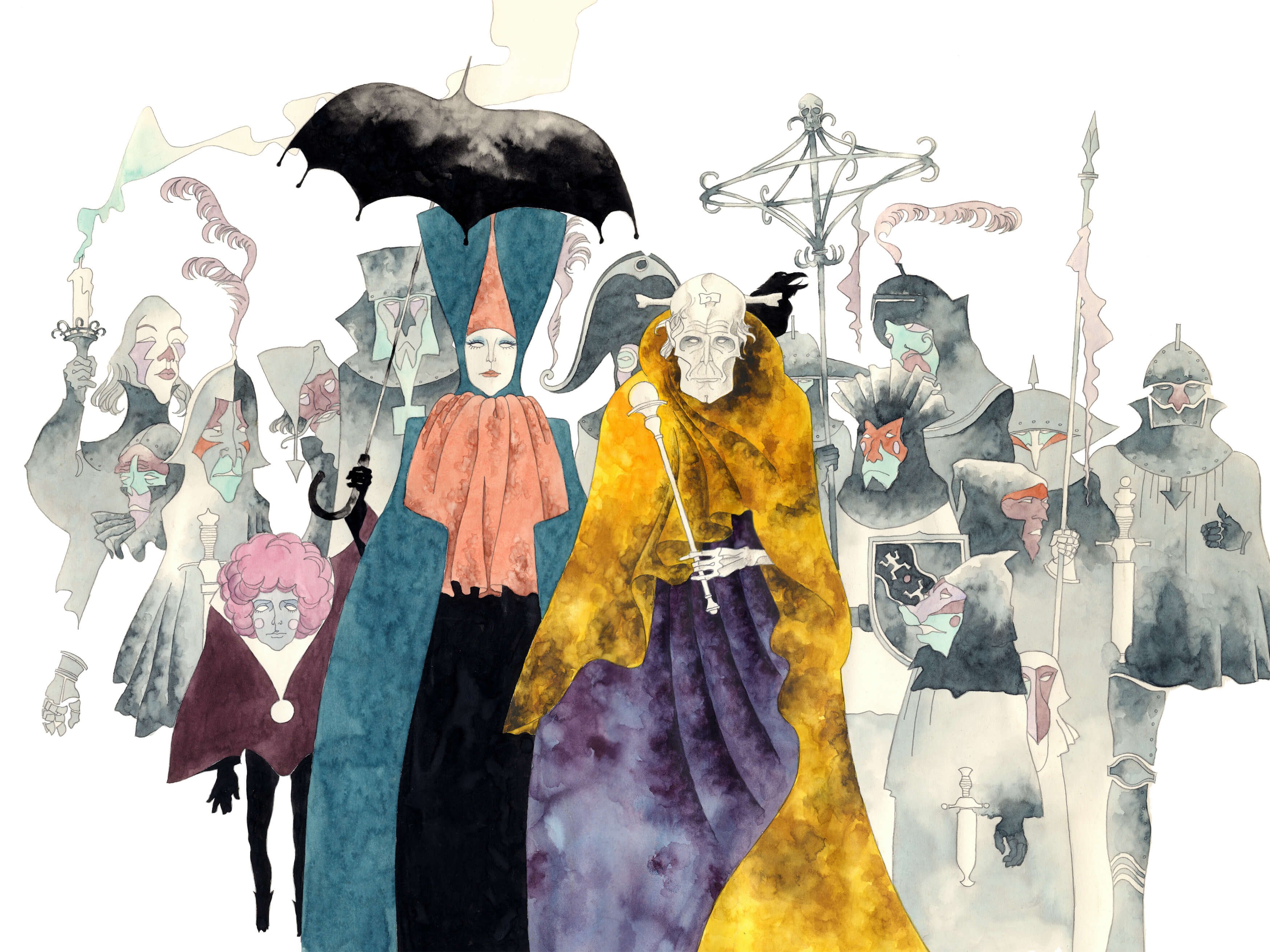
‘Belladonna of Sadness’ © Mushi Production
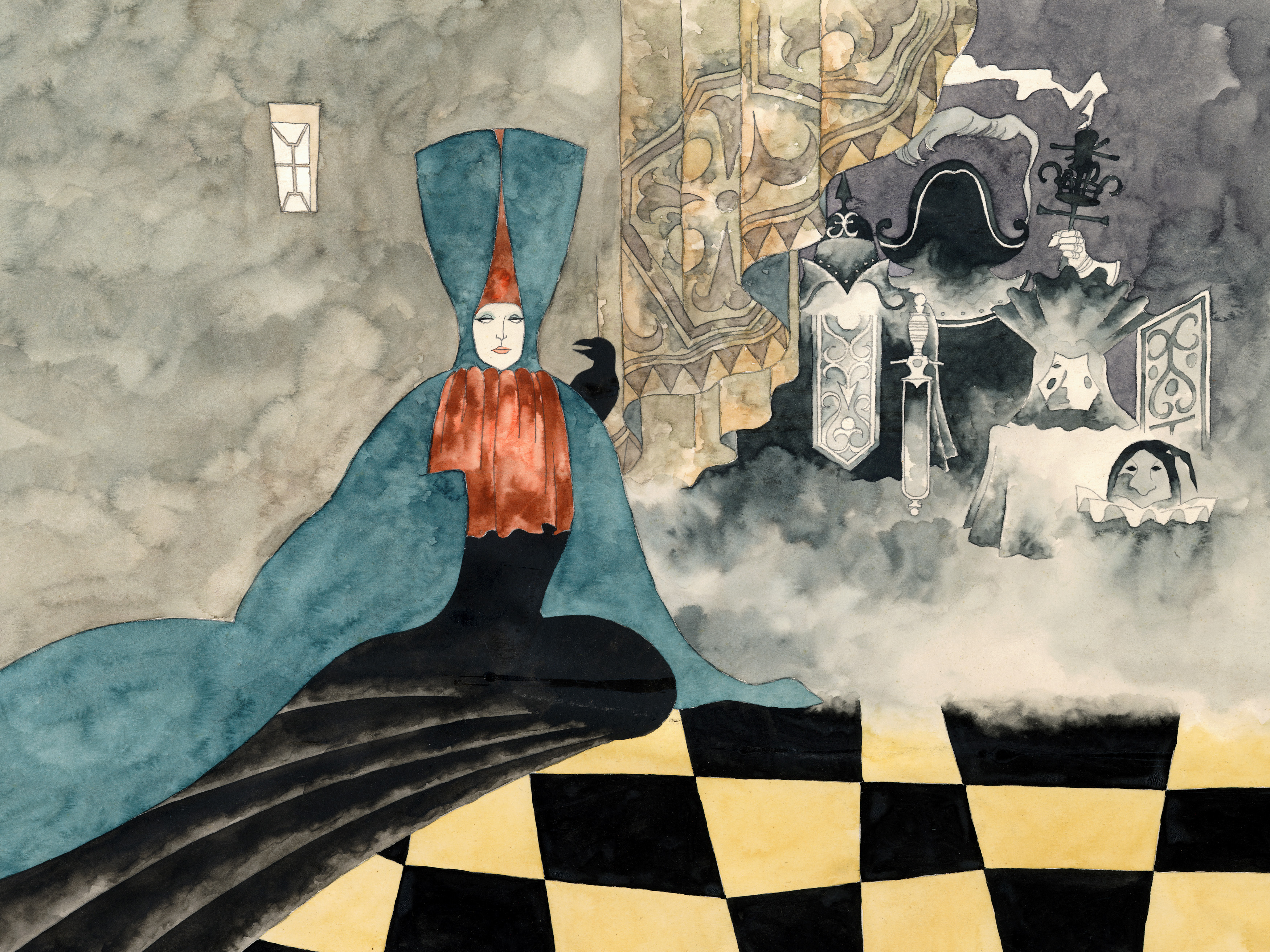
‘Belladonna of Sadness’ © Mushi Production
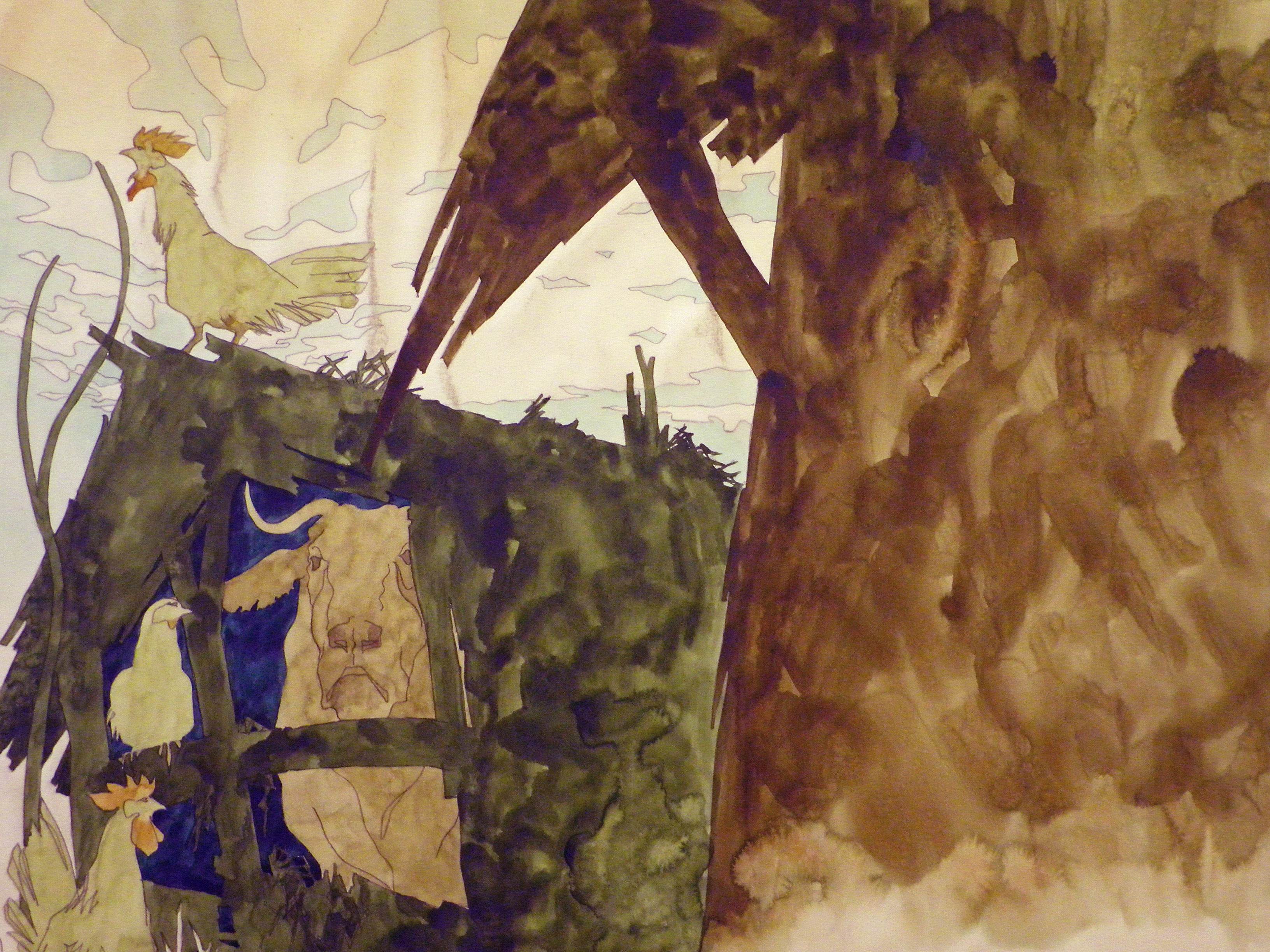
‘Belladonna of Sadness’ © Mushi Production
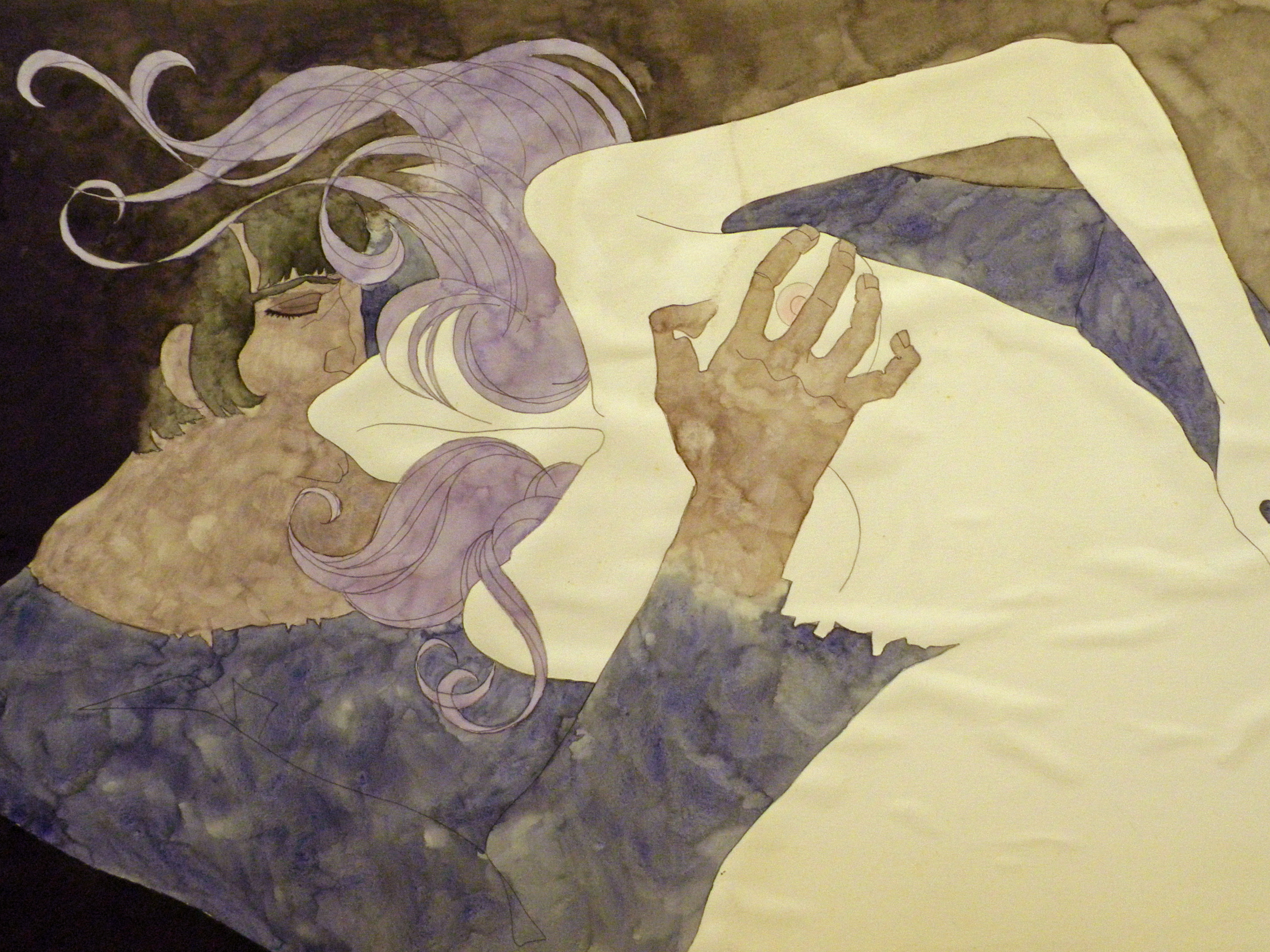
‘Belladonna of Sadness’ © Mushi Production
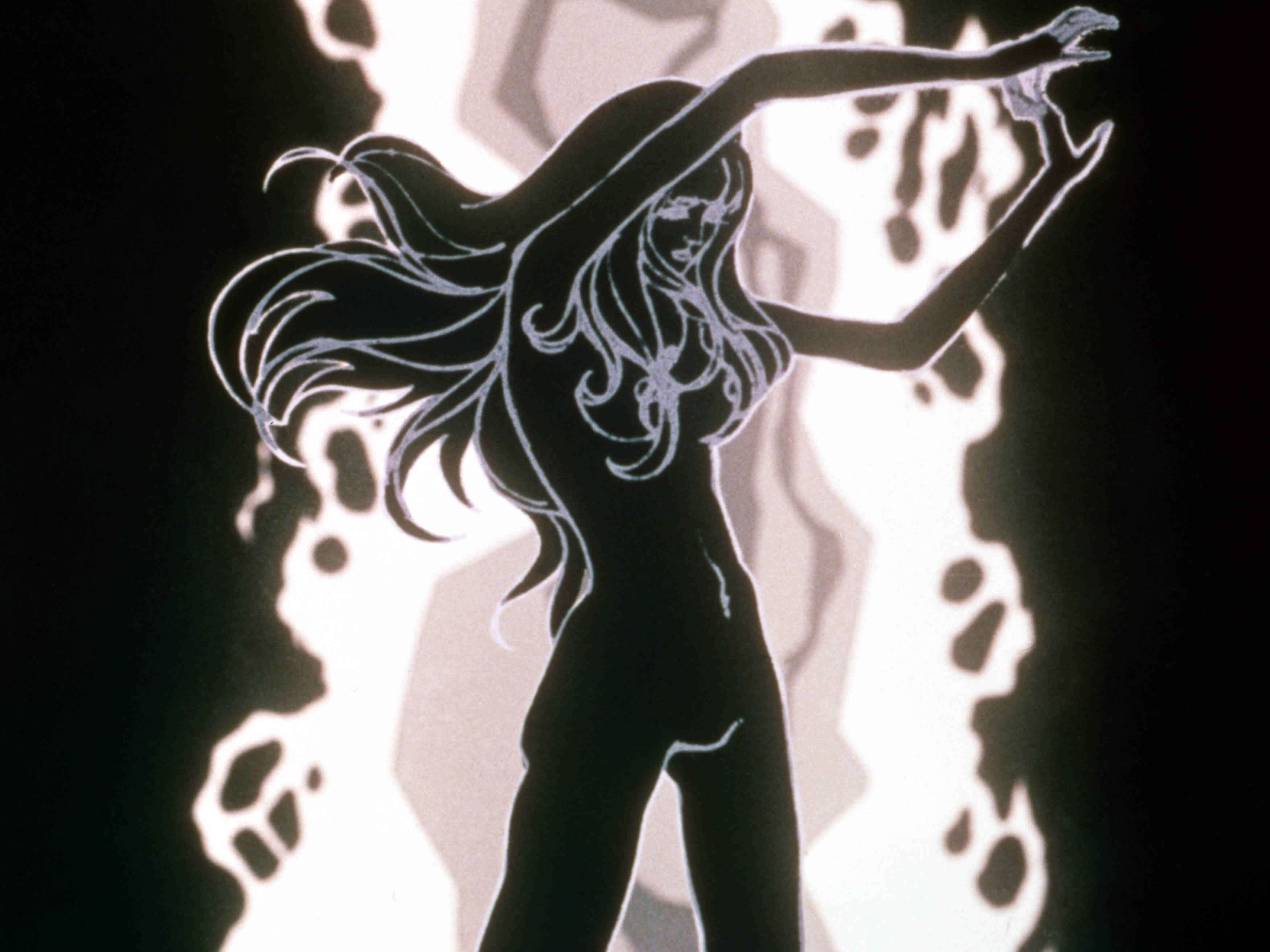
‘Belladonna of Sadness’ © Mushi Production
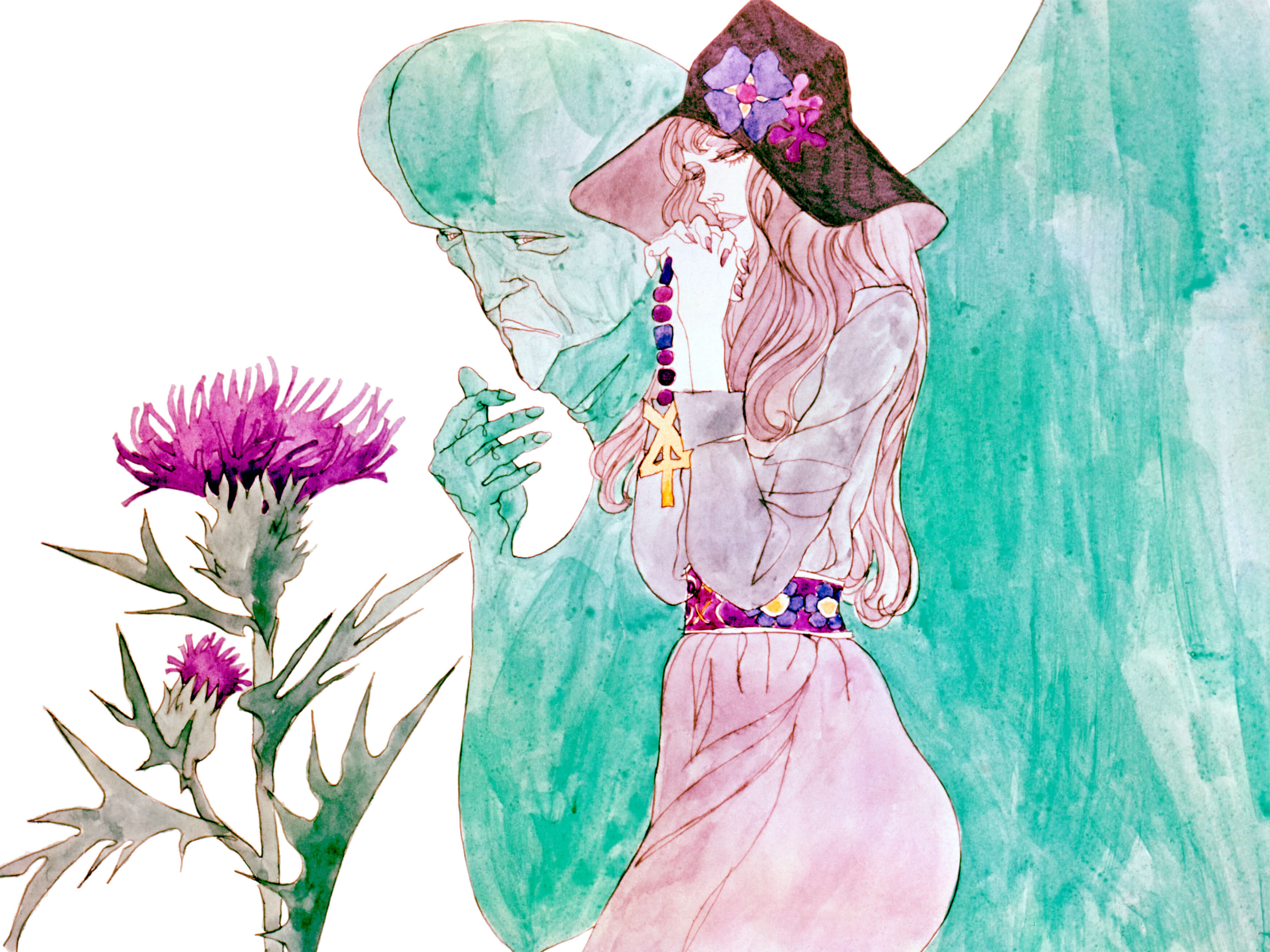
‘Belladonna of Sadness’ © Mushi Production
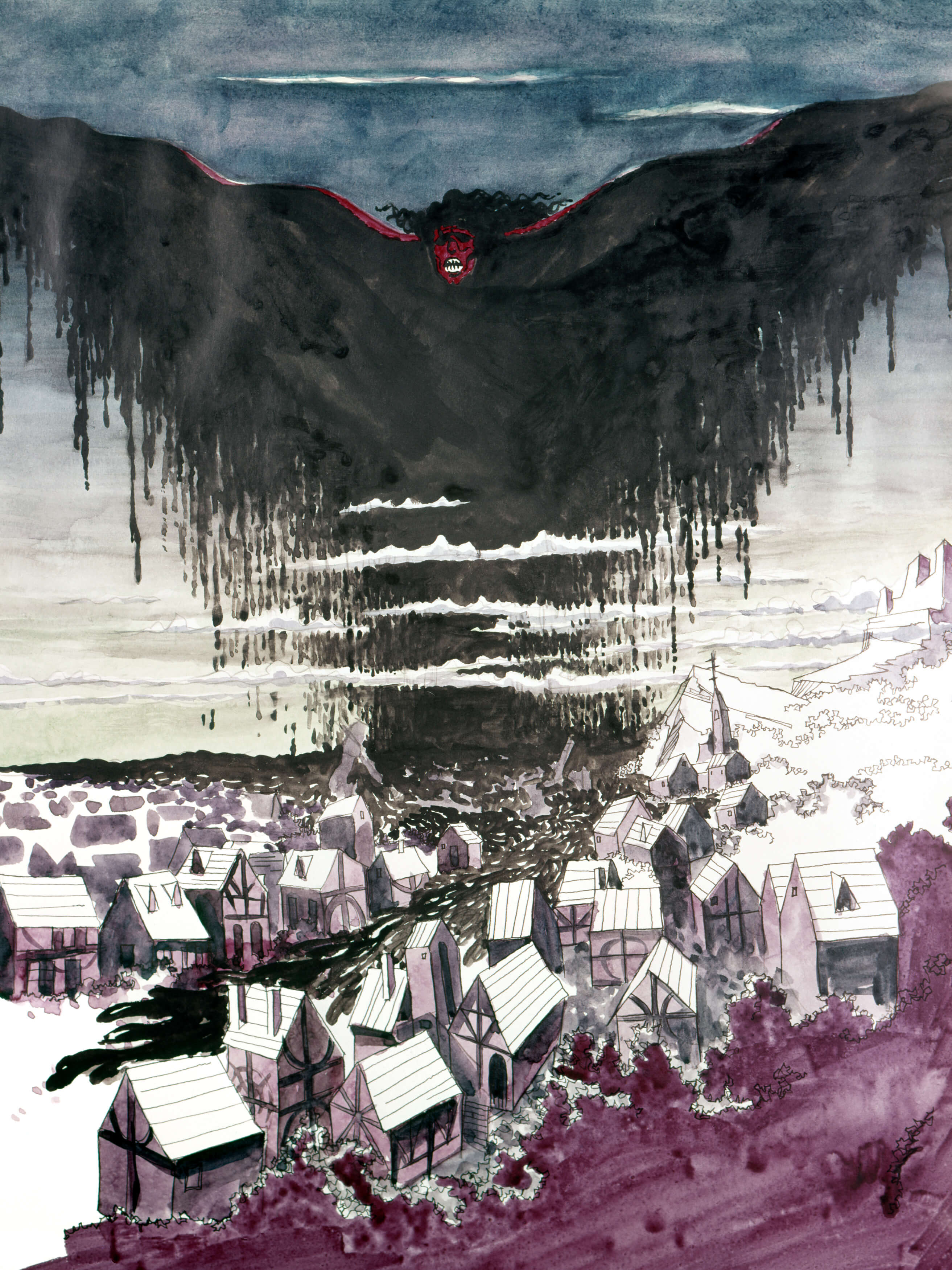
‘Belladonna of Sadness’ © Mushi Production

‘Belladonna of Sadness’ © Mushi Production
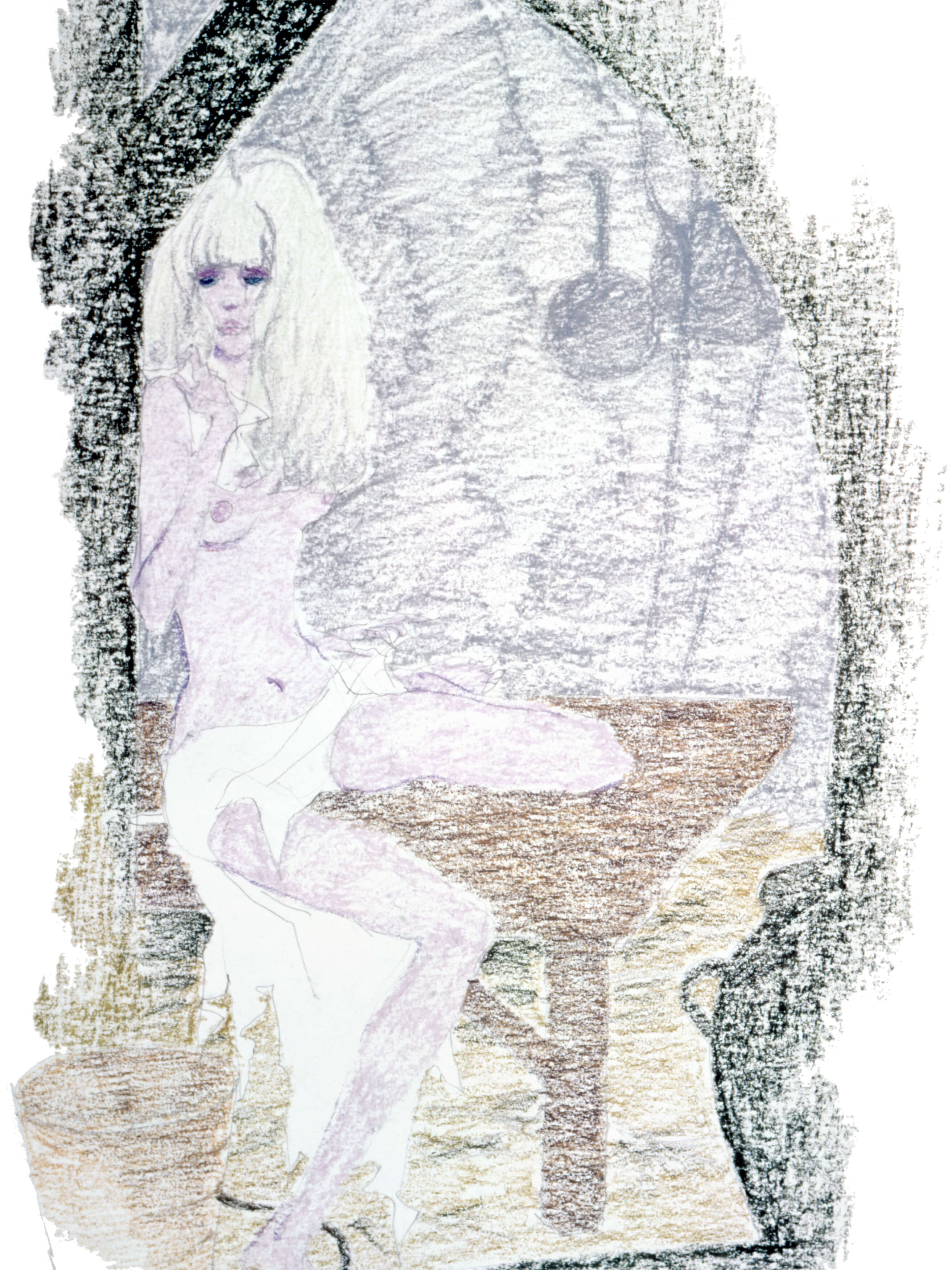
‘Belladonna of Sadness’ © Mushi Production
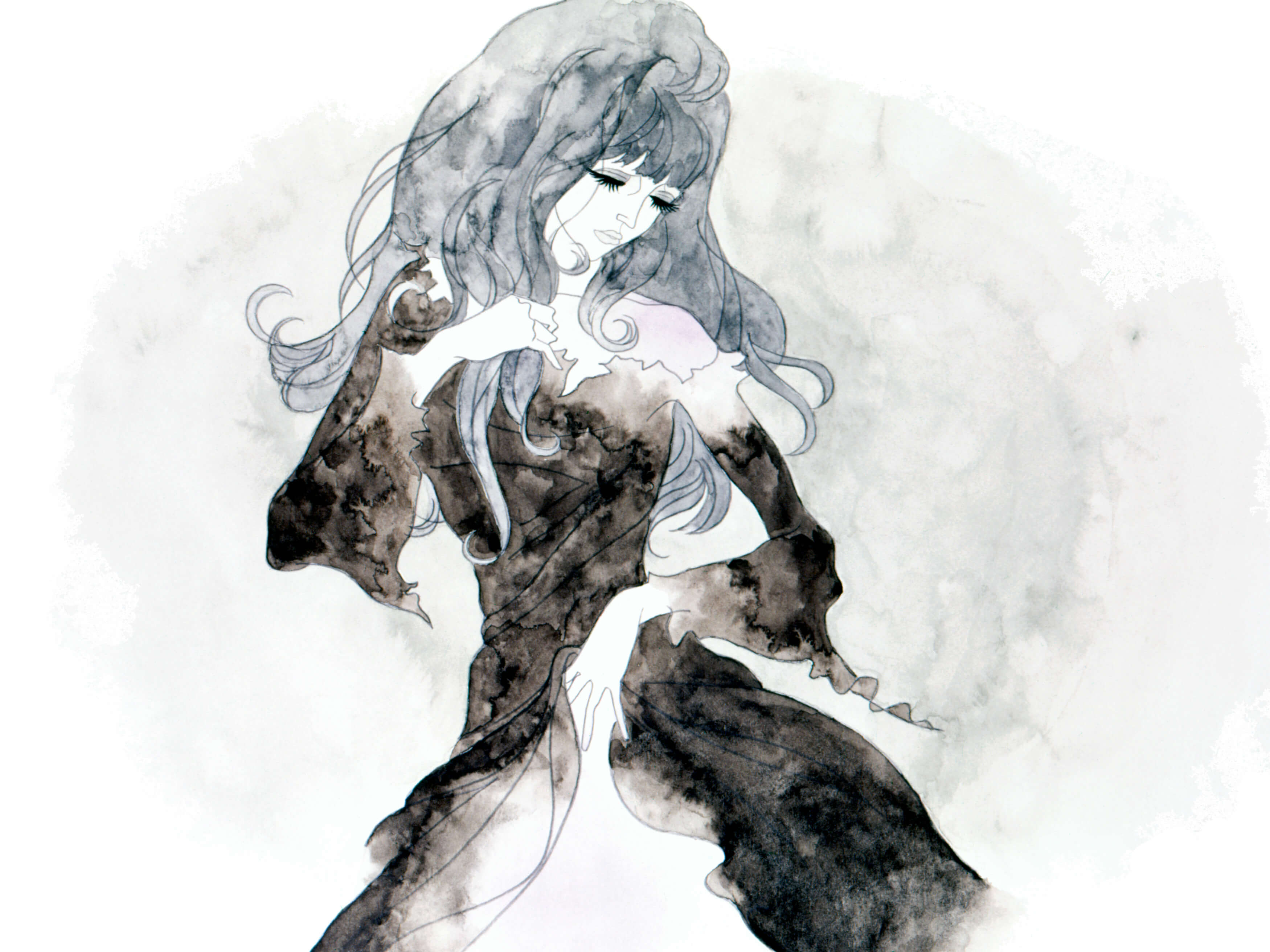
‘Belladonna of Sadness’ © Mushi Production
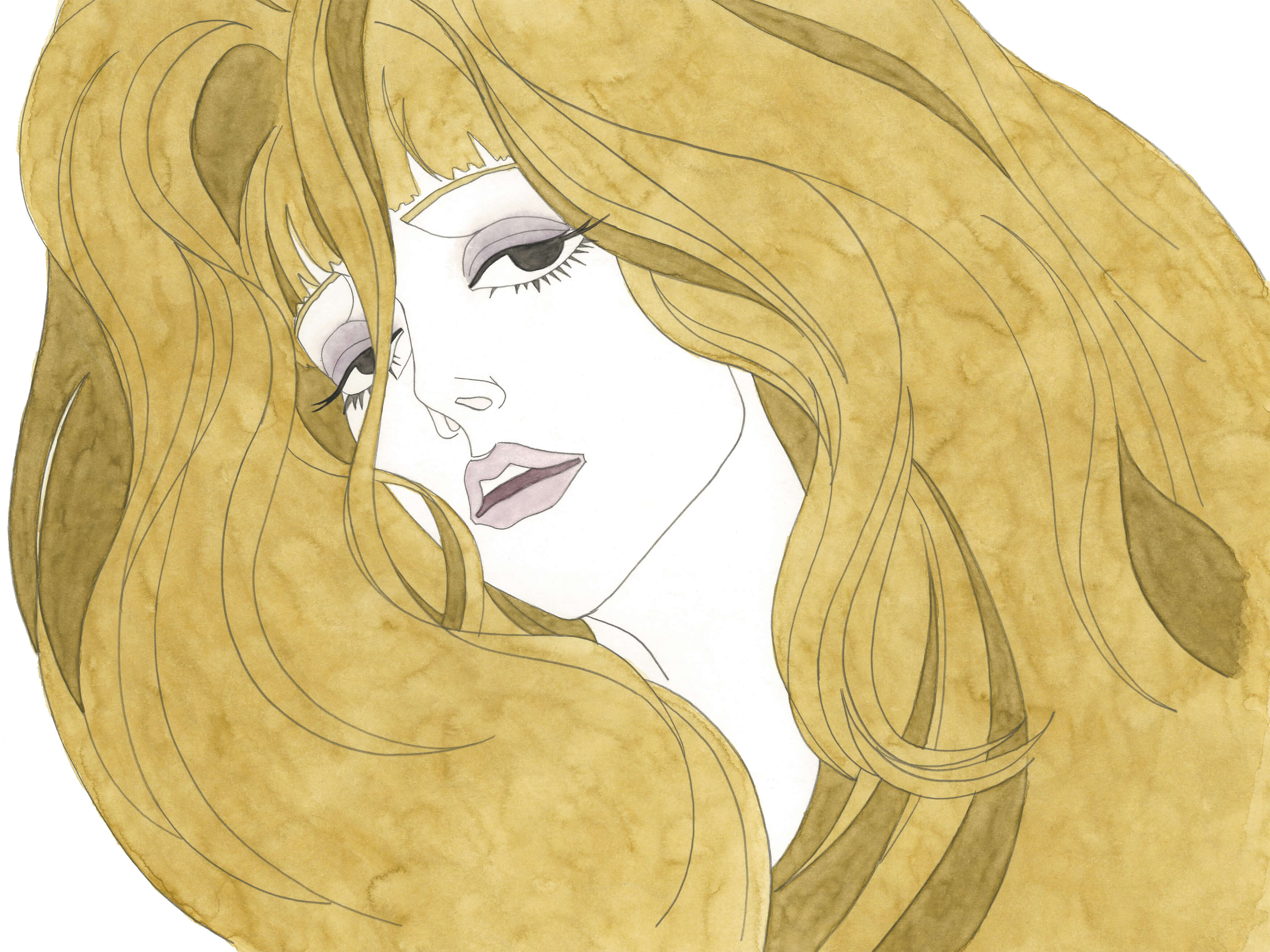
‘Belladonna of Sadness’ © Mushi Production
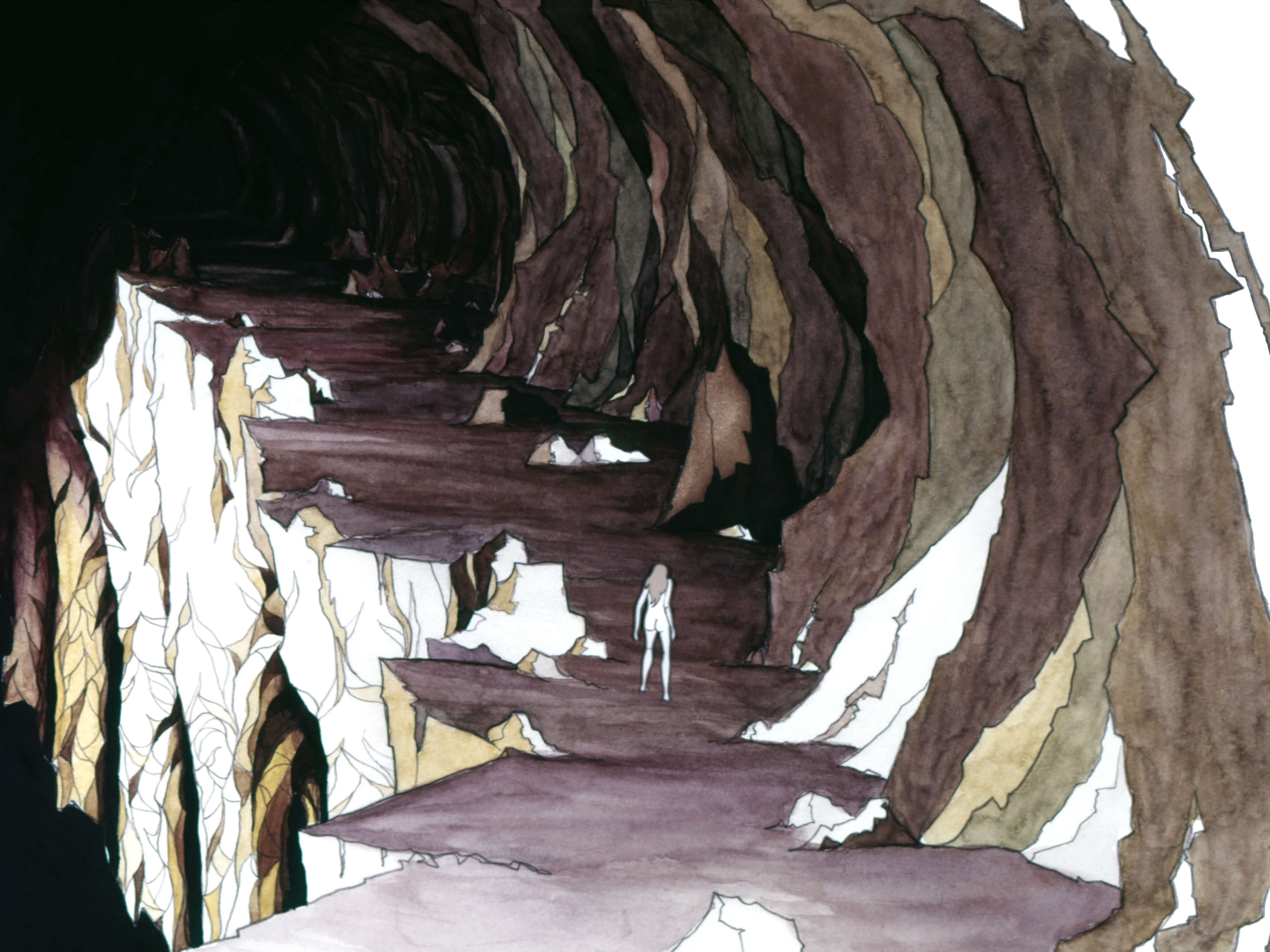
‘Belladonna of Sadness’ © Mushi Production
TRENDING
-
The Tattoos that Marked the Criminals of the Edo Period
Traditional tattoos were strong signifiers; murderers had head tattoos, while theft might result in an arm tattoo.

-
Paris, Tokyo: Robert Compagnon
With his co-chef and talented wife, Jessica Yang, Robert Compagnon opened one of the top new restaurants in Paris: Le Rigmarole.
 3:31
3:31 -
Chiharu Shiota, Red Threads of the Soul
Last year, more than 660,000 people visited the retrospective 'Chiharu Shiota: The Soul Trembles' exhibit at the Mori Art Museum.

-
‘Before Doubting Others, Doubt Yourself. Who Can Truly Say a Dish Isn’t What It Used to Be?’
In ‘A Non-Conformist’s Guide to Surviving Society’, author Satoshi Ogawa shares his strategies for navigating everyday life.

-
The Story of Sada Yacco, the Geisha who Bewitched Europe
Described by Dazed magazine as the first beauty influencer, she has been restored to her former glory since 2019.





